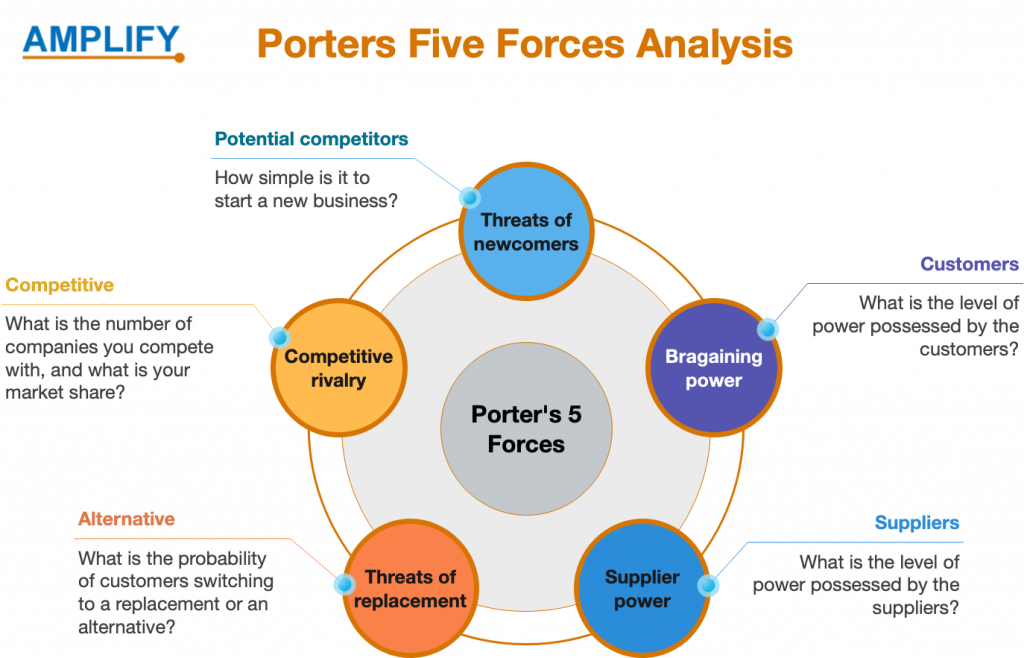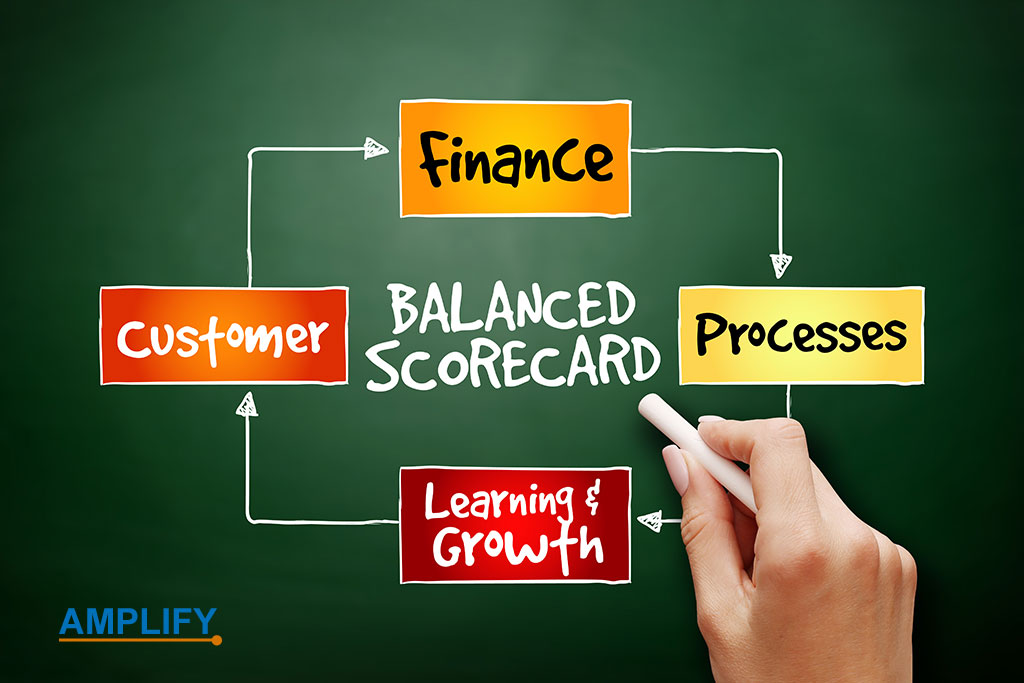This FAQ provides tips on how to create a pitch that demonstrates both the vision and traction of a start-up in a persuasive manner. When presenting your startup to potential investors, it’s essential to balance showcasing the traction you’ve obtained and articulating a vision for the future. By demonstrating measurable progress through metrics and user feedback, you can inspire confidence in the viability of your business. However, if you portray a compelling picture of where you see the company going and how you plan to get there, you can generate investor enthusiasm and buy-in. Investors want to see a demonstrated track record and a bold growth strategy.
Know who you’re talking to.
Different categories of investors may have other preferences and expectations regarding a start-up’s vision and traction. Angel investors may focus more on the founder’s passion and potential, while venture capitalists may prioritize metrics and benchmarks. Therefore, it’s essential to research your audience and customize your pitch accordingly. Highlight the aspects of your vision and momentum that are most relevant and attractive to them.
Have a plan in place.
A clear and concise vision statement sets your start-up apart from competitors and attracts investors to join your journey. Your proposal should begin with a vision statement outlining your problem, your target audience, and how you provide value. Use storytelling techniques to make your vision memorable and inspiring. Also, show how your vision aligns with current market trends and opportunities.
Talk about traction.
What validates your vision and proves your progress and potential is your traction. Once you’ve established your vision, supporting it with evidence such as customer feedback, user growth, revenue, partnerships, and awards is essential. Use data and graphs to show how you measure and achieve your goals. Highlight how your traction reflects your unique value proposition and competitive advantage. Let us help you showcase your traction and communicate your vision to investors. Contact us today to get started.
Putting the puzzle together.
Don’t present your vision and traction as separate or conflicting elements. Instead, show how they work together seamlessly to form a cohesive narrative. Connect the dots between your vision and traction, highlighting how they inform and support each other. For example, demonstrate how your traction validates your hypotheses, influences your product development, or helps you expand into new markets. Showcase how your vision guides your traction and how your traction reinforces your vision. Let us help you craft a compelling story that effectively showcases the synergy between your vision and traction. Contact us today to learn more.
Plan for inquiries.
Your presentation to investors should inform and persuade them, sparking their curiosity and encouraging them to engage with you further. Use questions strategically to showcase your knowledge, expertise, and passion. Be ready to address inquiries that may scrutinize or probe your vision and traction, such as how you validate your problem, acquire and retain customers, differentiate yourself from competitors, and plan to scale and monetize your business. Let us help you anticipate and respond to tough questions, so you can confidently showcase your startup to potential investors.
Be open for feedback.
As a startup, your vision and momentum constantly evolve and adapt to new challenges and opportunities. Embrace feedback from investors, customers, and the market, and be eager to learn and develop accordingly. Show investors that you are flexible and adaptable while staying true to your mission and vision. Your willingness to grow and change with the market is a valuable asset that will set you apart from the competition. Contact us to learn more about how we can help you navigate the ever-changing startup landscape and stay ahead of the curve.


















